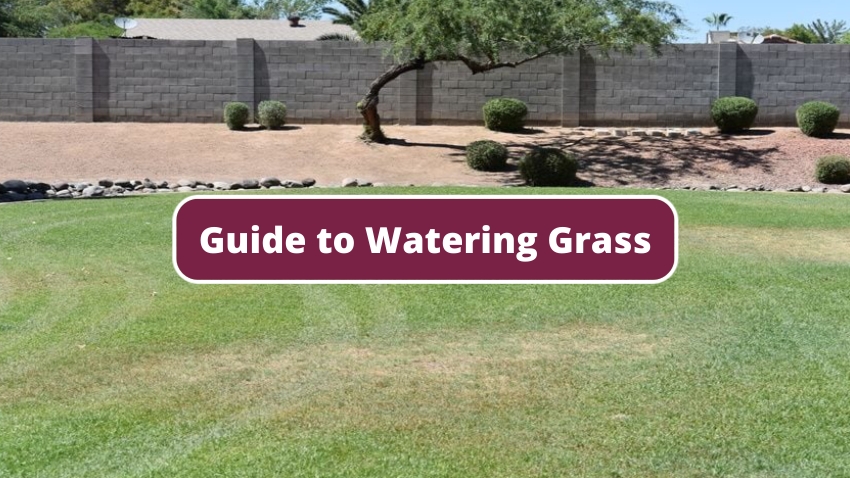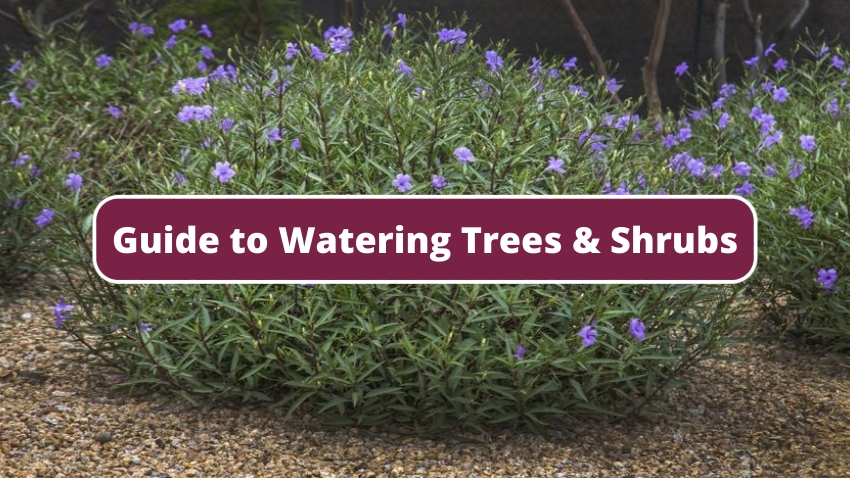Plants have widely differing water needs depending on origin, type, size, and location in the landscape, among other things. Understanding plant water needs makes it easier to water your landscape efficiently, which in turn leads to lower water bills and reduced maintenance needs.
Cycle and Soak ensures that the grass gets the water it needs without losing gallons to the street. It promotes deeper roots that require less water and are more prepared for drought.
Water Longer and Less Often
It is hard for short runtimes to allow enough water to penetrate down to a plant's root zone. Watering longer, but less often provides enough water to penetrate into the root zone. Established grass should be watered no more than 2 to 3 times each week and most plants only need to be watered once a week.
Get monthly water frequency reminders by texting: WHENTOWATER to 1-844-416-1428.
Water for the Plant Type
Drought-tolerant plants can survive with three to six deep soakings during a dry summer. Regular irrigation usually means weekly or bi-weekly for established plants during very hot weather; however, newly planted plants will need more frequent watering.
Water for the Plant Size
As plants grow, canopies expand; feeder roots are generally found at the canopy edge. Move drip emitters with canopy growth. Water young plants more often, as they have small root systems and tend to dry out quickly. Older plants have established root systems with plenty of root hairs (the structures that collect the most water for the plant), so they do not need to be watered as frequently as younger plants.
Plants that need no supplemental irrigation once established usually don’t need to be irrigated by the second or third summer after planting and can usually survive strictly on seasonal rainfall.
Rainwater Harvesting is also a great way to make use of rainy days.





